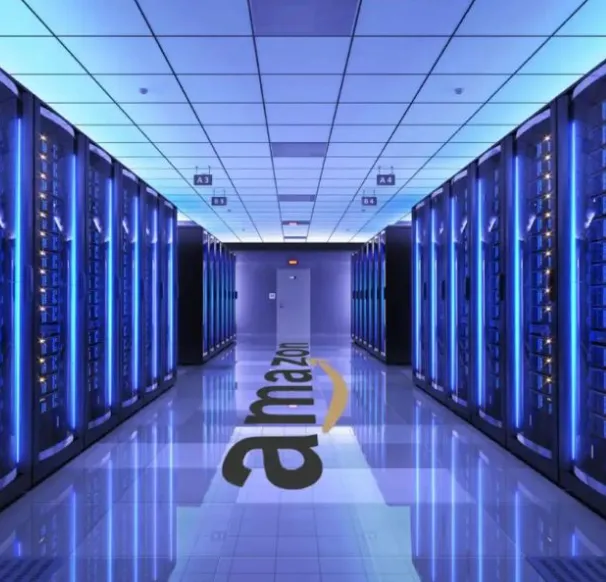Amazon Web Services (AWS) has announced a massive AU$20 billion (US$13.3 billion) investment to expand its Australian data centre footprint over the next five years. The commitment, unveiled on June 14, marks the largest technology infrastructure initiative in the country’s history and underscores the growing demand for cloud and artificial intelligence capabilities.
A Bold Bet on Australia’s Digital Future
Australian Prime Minister Anthony Albanese welcomed the move, calling it “exactly the kind of economic investment in our nation that we want to see.” He highlighted its potential to generate high-value jobs and bolster the infrastructure required to support advanced AI-driven applications.
AWS CEO Matt Garman positioned the investment as central to Australia’s digital transformation journey. He emphasised that the expansion will help organisations of all sizes unlock new opportunities through generative AI, while strengthening AWS’s long-term commitment to the Asia-Pacific region.
The company’s presence in Australia already spans over a decade, beginning with the Sydney region in 2012. More recently, AWS launched the Melbourne region in 2023 and opened a Local Zone in Perth. This latest investment will significantly enhance those regions, ensuring they can keep pace with soaring enterprise demand.
Energy and Sustainability Challenges
Large-scale data centres are notorious for their heavy energy consumption, and AWS’s expansion will put additional pressure on Australia’s power grid. To address this, Amazon has pledged to expand its renewable energy projects. The company is building three new solar farms in Victoria and Queensland, which will add more than 170 megawatts of clean power to the grid. These projects will complement the eight renewable initiatives AWS already operates across New South Wales, Queensland, and Victoria.
Once all facilities are online, AWS’s renewable portfolio is expected to generate more than 1.4 million megawatt hours annually. This comes at a time when Amazon is already ranked among Australia’s top corporate buyers of renewable energy. Studies suggest that moving AI workloads from on-premise servers to AWS’s renewable-powered cloud infrastructure could reduce carbon emissions by up to 94%.
Building Skills and Driving Economic Growth
Beyond infrastructure, AWS is investing in people. Since 2017, the company has trained more than 400,000 Australians in digital and cloud skills. It plans to expand these efforts through initiatives such as the AWS AI Spring Australia programme and a Generative AI Accelerator aimed at startups.
The Australian Government’s Department of Industry, Science and Resources estimates that AI and automation could add as much as AU$600 billion to the nation’s GDP each year by 2030. AWS’s investment in training and infrastructure positions Australia to capture a significant share of that growth.
Competitive Pressures in the Asia-Pacific Market
AWS’s massive bet raises the stakes in the competitive Asia-Pacific cloud market, where it faces rivals including Microsoft Azure, Google Cloud, and Chinese hyperscalers. Australia’s strict data sovereignty rules and its role as a regional hub make it a strategic location for global providers.
However, the scale of AWS’s commitment may also spark concerns about market concentration, especially if other providers struggle to match such a large investment.
Looking Ahead
The five-year rollout will be complex, requiring regulatory approvals, construction resources, and a skilled workforce. Success will depend on AWS’s ability to balance its rapid expansion with sustainability commitments and operational reliability.
For Australian businesses, the payoff could be substantial: faster cloud services, lower latency, and more advanced AI capabilities. But beyond immediate benefits, the true measure of success will be whether this investment drives lasting economic growth and helps position Australia as a leader in the global digital economy.







